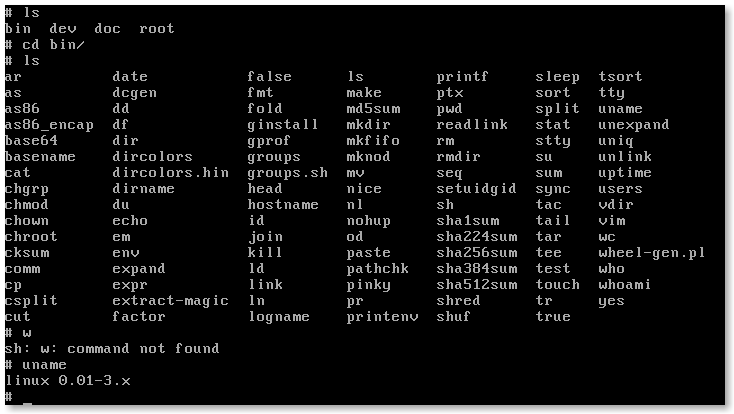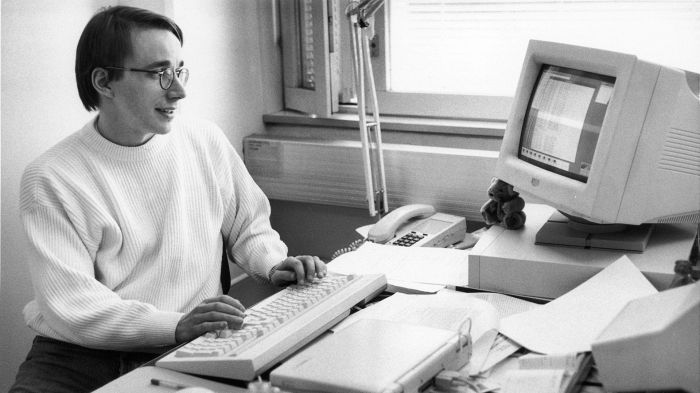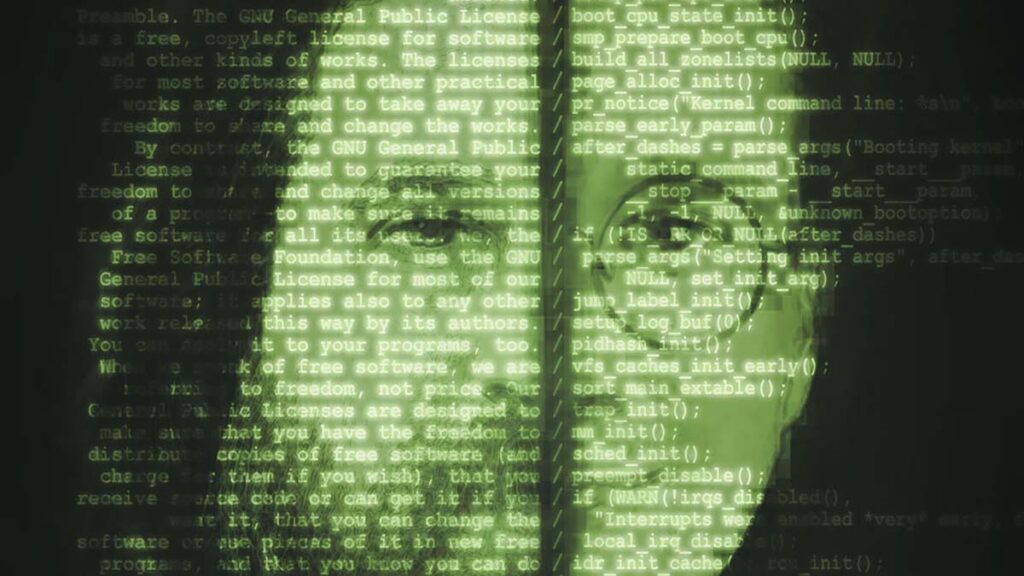Physical Address
304 North Cardinal St.
Dorchester Center, MA 02124
Physical Address
304 North Cardinal St.
Dorchester Center, MA 02124

From a personal hobby project to a cornerstone of modern computing, the Linux kernel's journey is a testament to the power of open-source collaboration and innovation. Its flexibility, performance, and community-driven development have ensured its relevance across decades.
The Linux kernel is the core component of the Linux operating system, responsible for managing hardware resources and providing essential services to higher-level software. First released by Linus Torvalds in 1991, the Linux kernel has evolved into one of the most significant open-source projects in computing history, powering everything from personal devices to supercomputers, and serving as the foundation for Android, servers, and embedded systems.
With no signs of slowing down. Whether in supercomputers, smartphones, or servers, the Linux kernel continues to shape the technological landscape and push the boundaries of what open-source software can achieve. This article provides a comprehensive history of the Linux kernel, exploring its origins, development milestones, community contributions, and its current state as a cornerstone of modern computing.
The Linux kernel project began in 1991 when Linus Torvalds, a computer science student at the University of Helsinki, sought to create a free, Unix-like operating system for personal use. At the time, the dominant operating systems were proprietary, and while Unix systems existed, they were expensive and restricted.
Torvalds was inspired by the Minix operating system, a Unix-like system developed for educational purposes by Andrew S. Tanenbaum. However, Minix’s limitations and licensing restrictions led Torvalds to start his own project. He announced his work on August 25, 1991, in the comp.os.minix Usenet group with the now-famous message:
“I’m doing a (free) operating system (just a hobby, won’t be big and professional like gnu) for 386(486) AT clones.”
The first Linux kernel version, 0.01, was released on September 17, 1991, but it was far from a complete operating system. It required contributions from a growing community of developers to evolve into a functional OS.

bash and gcc.During this period, the Linux kernel quickly gained traction as an alternative to proprietary Unix systems, aided by the simultaneous growth of the internet, which allowed developers worldwide to collaborate on the project.
On March 14, 1994, Linux 1.0 was released, marking the first official stable release of the Linux kernel. Key features included:
This milestone established Linux as a viable alternative to Unix systems, particularly for academic and enthusiast use.

Released in 1996, Linux 2.0 introduced major advancements, including:
Linux began gaining popularity in enterprise environments during this time, especially for servers, as its performance and flexibility improved.
The mid-to-late 1990s saw the emergence of Linux distributions, such as Red Hat, Debian, and SUSE, which packaged the Linux kernel with GNU software and additional utilities. These distributions made Linux accessible to a broader audience by simplifying installation and configuration.

You can see the History and Evolution of Linux distros following this link: The history and evolution of Linux distros.
The Linux 2.4 and 2.6 kernel series introduced significant improvements:
These advancements solidified Linux’s position in the server market and laid the groundwork for its adoption in embedded systems.
By the early 2000s, Linux became a symbol of the open-source movement, demonstrating the power of community-driven development. The kernel’s success inspired the adoption of open-source models in other software projects, such as Apache and Mozilla.
The scalability of the Linux kernel made it an ideal choice for supercomputers. By the end of the decade, Linux dominated the Top500 list of supercomputers, a trend that continues today.
The Linux 5.x series continues to evolve with a focus on scalability, security, and hardware support. Key features include:
Linux now powers a wide range of consumer devices:
The Linux kernel remains one of the largest collaborative projects in history, with contributions from individuals, academia, and major corporations like IBM, Intel, Google, and Red Hat. The kernel development process is overseen by Linus Torvalds and a group of maintainers, with thousands of developers contributing to each release.
Note: the fact that corporations also contribute code has always been a topic of debate, since corporations themselves go against the essence of what Linux is meant to accomplish: collaboration and freedom. Nonetheless, since they contribute a lot of code, the current consensus is that their code is accepted as long as it’s free and completely open (both in the source as in its licensing as well)
The Linux kernel’s history is not without challenges: